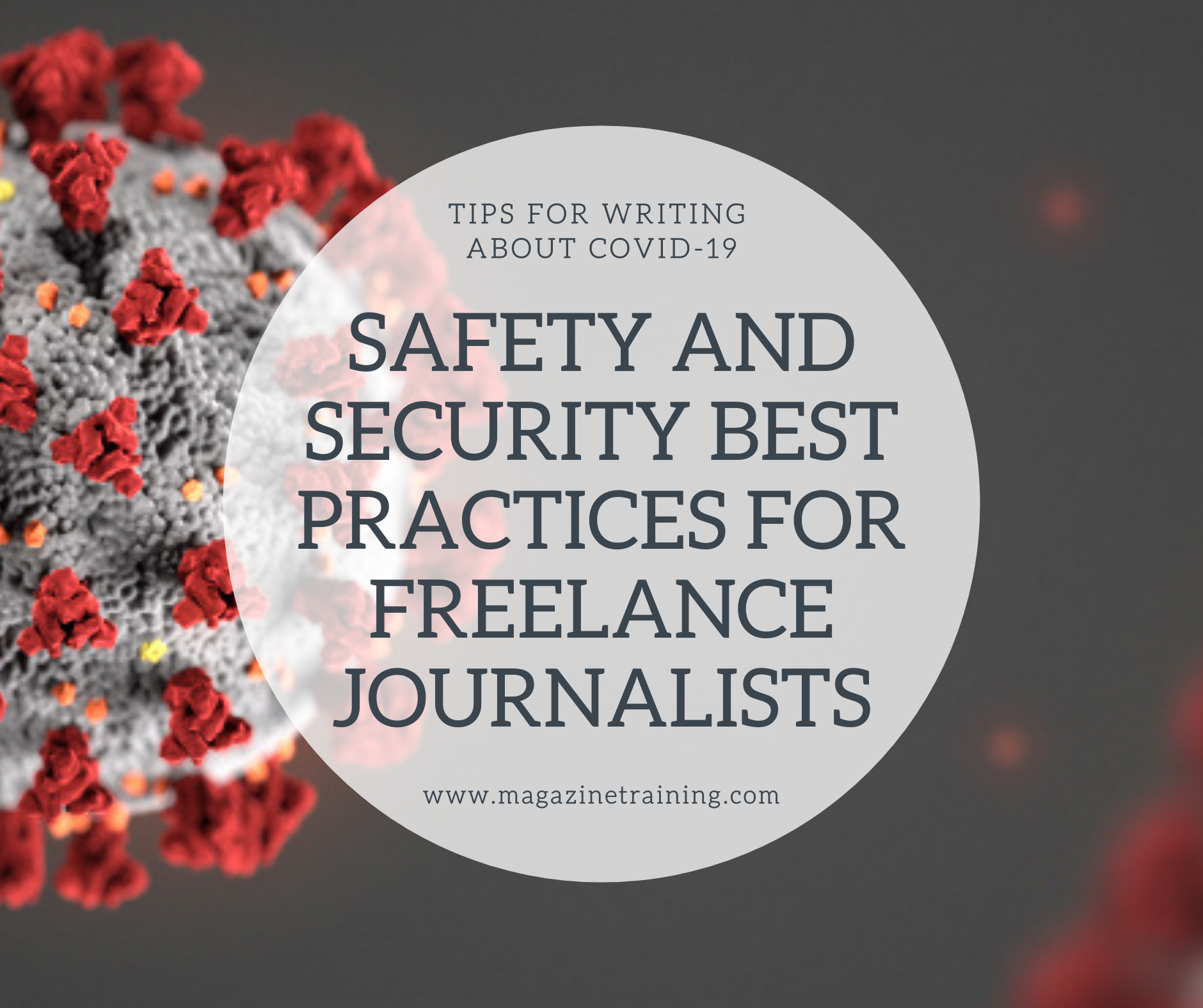
The COVID-19 pandemic has pushed safety concerns front and center for journalists in 2020. As they have reported on the novel coronavirus, journalists and newsroom editors have regularly been tasked with analyzing the health and security risks that accompany their coverage.
How have freelance journalists ensured that their safety concerns receive needed support from newsrooms? How can they do so moving forward, as the virus wanes?
As part of our Freelance Hacks webinar series, run in partnership with Hackpack, we spoke with freelance photojournalist Christian Monterrosa, freelance journalist Aliya Bashir and ACOS Alliance executive director Elisabet Cantenys to discuss how safety considerations for freelancers have evolved as a result of the pandemic. The panelists also offered tips for navigating safety training and resources available to freelancers.
Here are some key quotes and takeaways from the session:
On freelance journalists’ primary safety concerns, and how they’ve evolved during the pandemic
Monterrosa: The uncertainty behind the virus and not knowing how infectious it was in the earlier months was of particular concern. I had to learn a new workflow with COVID in mind, like packing extra clothes, constantly changing masks and applying hand sanitizer.
Issues that I have covered in the past, such as wildfires and civil conflicts, already carry an element of danger, but now it’s coupled with the risk of exposing myself to the virus. Covering protests, for example, became more anxiety-inducing.
by Lucía Ballon-Becerra, International Journalists’ Network
Related posts
Magazine Training International’s mission is to encourage, strengthen, and provide training and resources to Christian magazine publishers as they seek to build the church and reach their societies for Christ.

